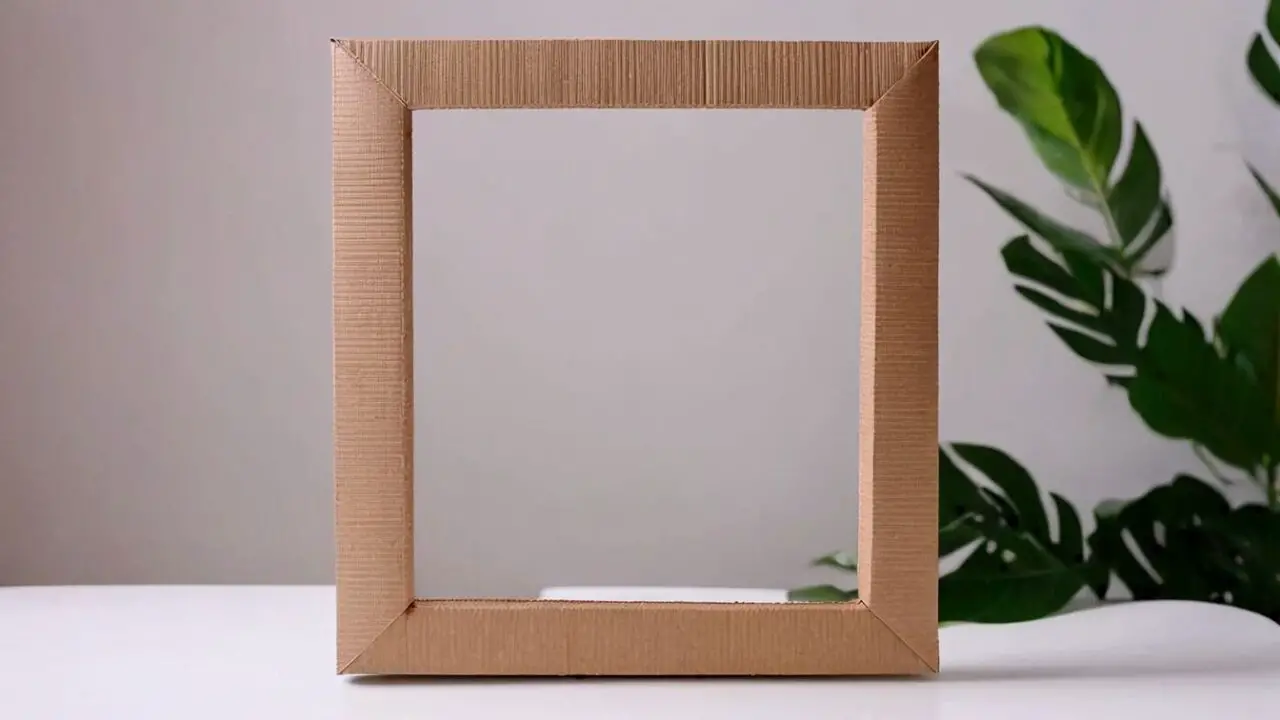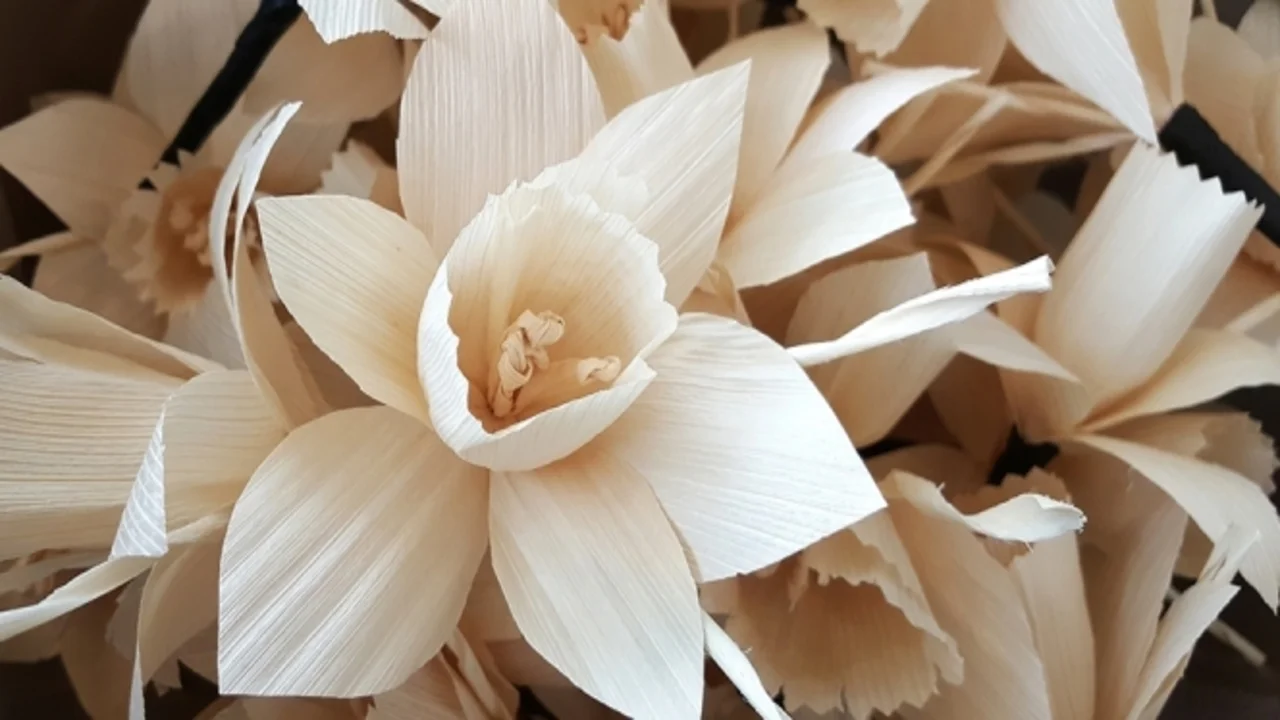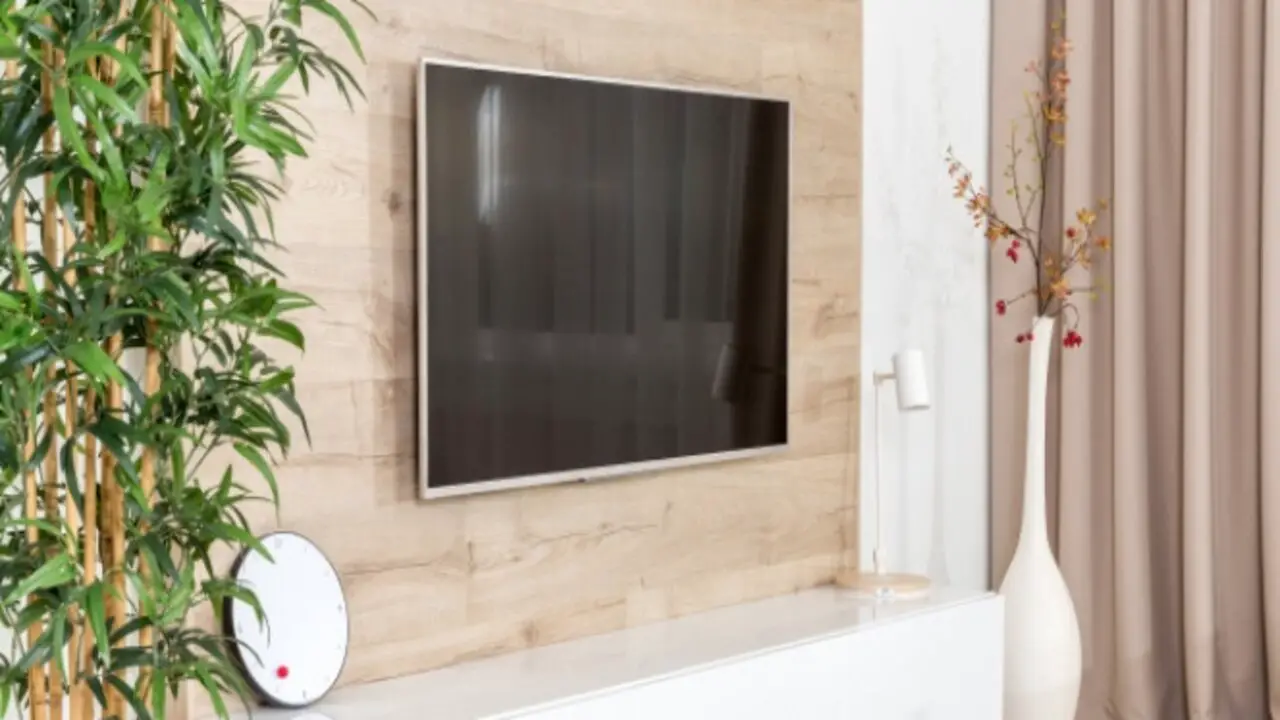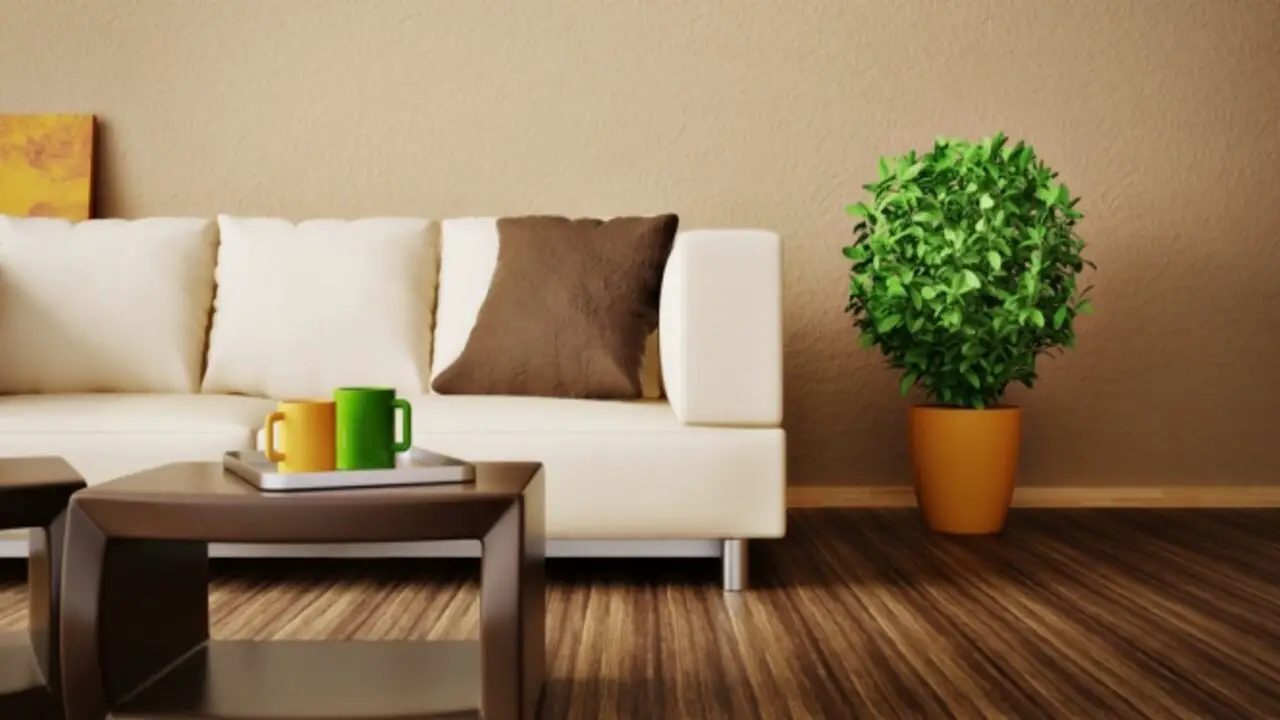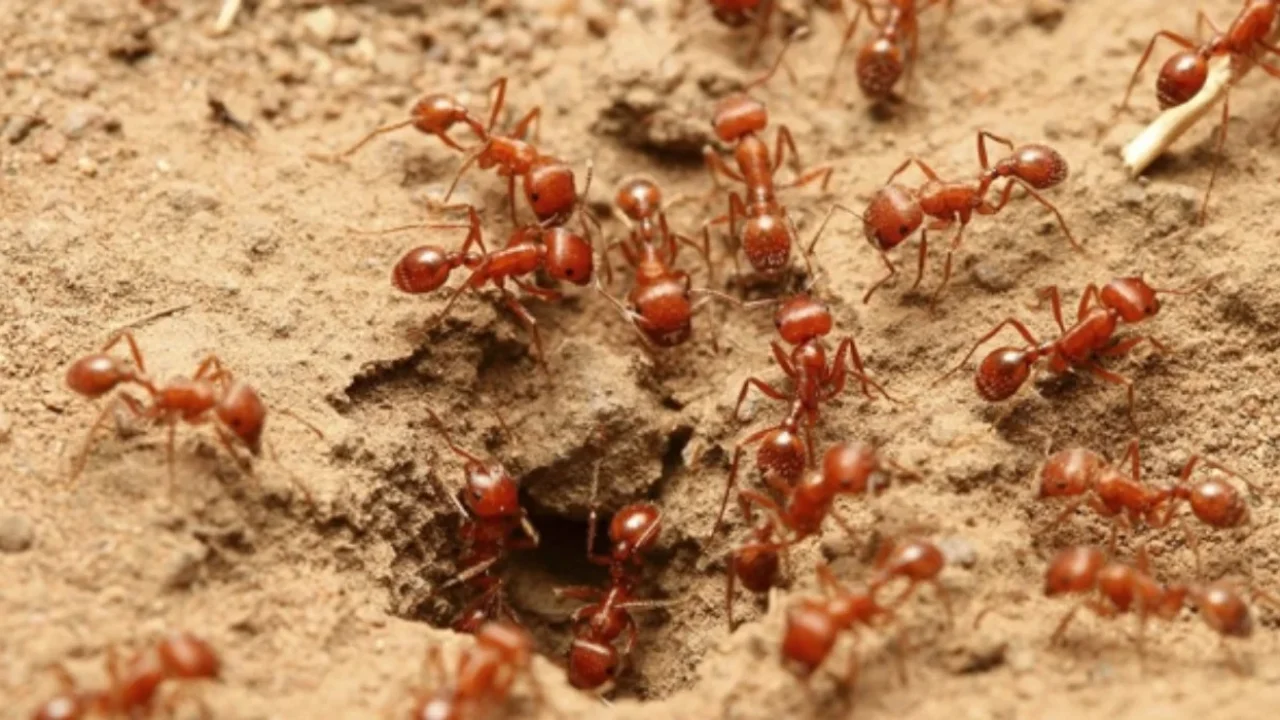 |
| how to use diatomaceous earth for bed bugs |
Dealing with a bed bug infestation can be a distressing experience. These tiny pests can invade your home, disrupt your sleep, and cause itchy bites. While professional extermination may be necessary in severe cases, there are natural methods you can employ to tackle the problem on your own.
In this article, we will explore one such solution: diatomaceous earth. We’ll guide you through the process of using diatomaceous earth effectively to eliminate bed bugs from your living space.
Contents
Understanding Diatomaceous Earth
Diatomaceous earth (DE) is a natural, soft sedimentary rock composed of the fossilized remains of tiny aquatic organisms known as diatoms. It comes in the form of a fine powder and has numerous industrial and household uses. When applied to bed bugs, DE acts as a desiccant, dehydrating and ultimately killing the pests.
Choosing the Right Diatomaceous Earth
Not all diatomaceous earth products are created equal. When selecting DE for bed bug control, opt for food-grade or natural-grade diatomaceous earth. These variations are safer to use around humans and pets compared to the pool-grade diatomaceous earth, which has a higher crystalline silica content. Be sure to read the label carefully and choose a product specifically formulated for insect control.
Preparing the Area
Before applying diatomaceous earth, it is crucial to prepare the affected area properly. Start by removing clutter and excess items from the room. Launder all bedding, linens, and clothing in hot water, as heat effectively kills bed bugs. Vacuum the area thoroughly, paying attention to mattresses, bed frames, cracks, and crevices. Dispose of the vacuum bag or empty the canister contents in a sealed plastic bag to prevent any live bed bugs from escaping.
How to Use Diatomaceous Earth for Bed Bugs
Once the area is prepared, follow these steps to effectively use diatomaceous earth for bed bugs:
- Wear Protective Gear: To prevent inhalation of the fine dust particles, wear a dust mask, goggles, and gloves while handling diatomaceous earth.
- Choose Targeted Areas: Focus on areas where bed bugs are most likely to hide, such as mattress seams, box springs, bed frames, headboards, and cracks in the walls or furniture. Also, treat areas where you have observed bed bug activity or visible signs, such as fecal spots or shed skins.
- Apply Diatomaceous Earth: Using a small hand duster or a soft-bristle paintbrush, apply a thin and even layer of diatomaceous earth to the targeted areas. Remember, a little goes a long way. Avoid excessive application, as it can make cleaning up more challenging.
- Work It In: Gently work the diatomaceous earth into the surfaces using a brush or gloved hands. Ensure that the powder gets into crevices, cracks, and other hard-to-reach areas where bed bugs may be hiding.
- Reapply as Needed: Bed bugs can be resilient, so it is crucial to reapply diatomaceous earth after a few days or if it gets disturbed (e.g., during cleaning or vacuuming). Continual application for a few weeks is recommended to target bed bugs at various stages of their life cycle.
Safety Precautions
While diatomaceous earth is generally safe to use, it is essential to take a few precautions:
- Keep Away from Children and Pets: Although food-grade diatomaceous earth is considered non-toxic, it can irritate the respiratory system if inhaled in large quantities. Keep children and pets away from the treated areas until the powder settles.
- Avoid Direct Contact: Diatomaceous earth can cause dryness and irritation to the skin. Wear gloves when handling it and avoid touching your face while working with the powder.
- Use in Well-Ventilated Areas: Ensure proper ventilation in the room during application to minimize the risk of inhaling excessive amounts of diatomaceous earth.
- Clean Up Carefully: When cleaning up the treated areas, use a damp cloth or sponge to wipe away the powder. Avoid using a dry cloth or vacuum cleaner, as it may spread the fine particles into the air.
Conclusion
Diatomaceous earth can be a valuable tool in your battle against bed bugs. By following the steps outlined in this guide, you can use diatomaceous earth effectively and safely to eliminate these unwanted pests. Remember, persistence is key when dealing with bed bugs, so continue monitoring and reapplying diatomaceous earth as necessary until the infestation is completely eradicated. If the problem persists or worsens, it is advisable to seek professional pest control assistance to address the issue comprehensively.
Check out other designs directly from your cellphone via WhatsApp Channel: https://whatsapp.com/channel/0029VaASACYFXUuYULZWe939.

